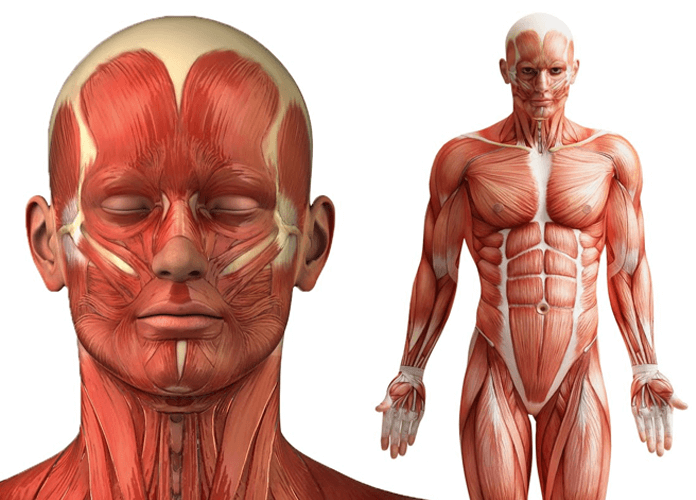Why do we have two eyes, two ears, two nostrils but only one mouth?

Two eyes, two ears, two nostrils… but one mouth, eh? Some would argue one nose, but I see where you’re coming from. Most people don’t realise it, but your mouth is split in two equal halves, they just happen to meet in the middle. But I’ll give you a bit of an explanation to go with that.Human beings -like most animals – develop with bilateral symmetry , meaning that early on in our development our cells split into two groups, effectively cutting us in half to create a mirror image of the right and left.Adding to this developmental quirk, there’s the evolutionary benefit of having doubled sensory organs. Two eyes and two ears help us locate our prey (or predators) in space. The information gathered from each is combined to form a 3D image of the world around you. Two nostrils are handy as you always have a back-up when one is blocked – plus it increases surface area allowing for more dust-filtering hairs to catch airborne particles you might happen to breath in. The nasal cavity warms up and humidifies the air that is inhaled – something that helps the lungs to get oxygen out of it. Having two nostrils forces the air to slow down, giving it plenty of time to get humid and warm before heading down the windpipe.Having two mouths would mean needing two digestive systems – now, what would be the use in that? The mouth is actually the opening into the digestive system – a very long tube that goes through the body (ending in the anus). This tube contains the stomach and intestines, and takes nutrients out of what we eat. Having two digestive systems would mean having two tubes – which would take up twice as much space in the body, and would be of no additional benefit.Keep in mind that internally we humans don’t have perfect left-right symmetry. Yes we have two lungs and two kidneys, but we only have one heart, one liver and one gallbladder. For the ‘mouth’ part of your question, let’s think about your teeth. You have mirror images of teeth (unless you play rugby). When we count teeth in taxonomy, we usually only count the upper and lower teeth on one side of the jaw because it tells us everything we need to know about the other side. Your jaw, where your teeth are embedded is actually formed in two parts connected at your chin. The two halves of the mandible (jaw bone) fuse early in life and ossify to form a single bone.